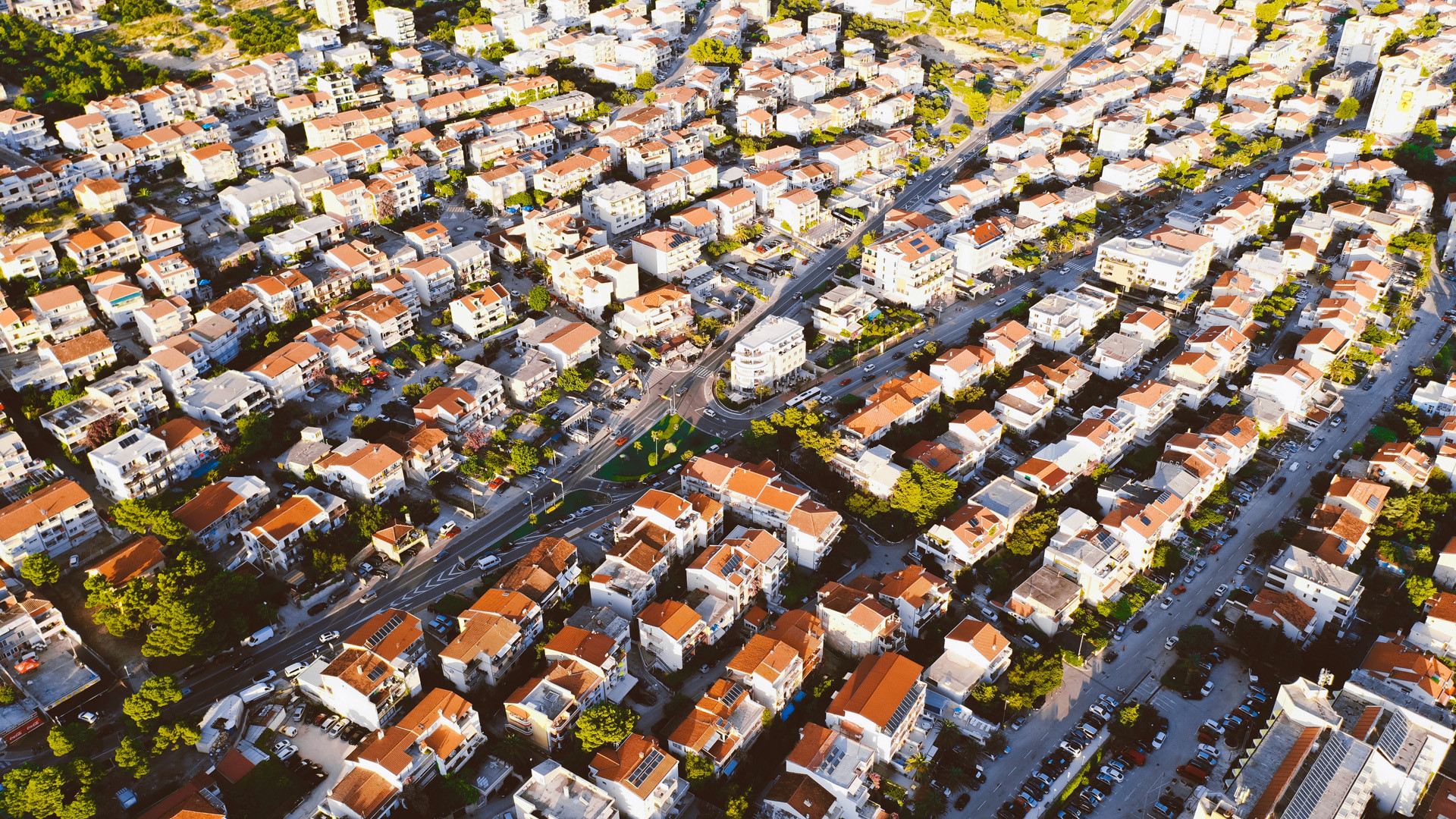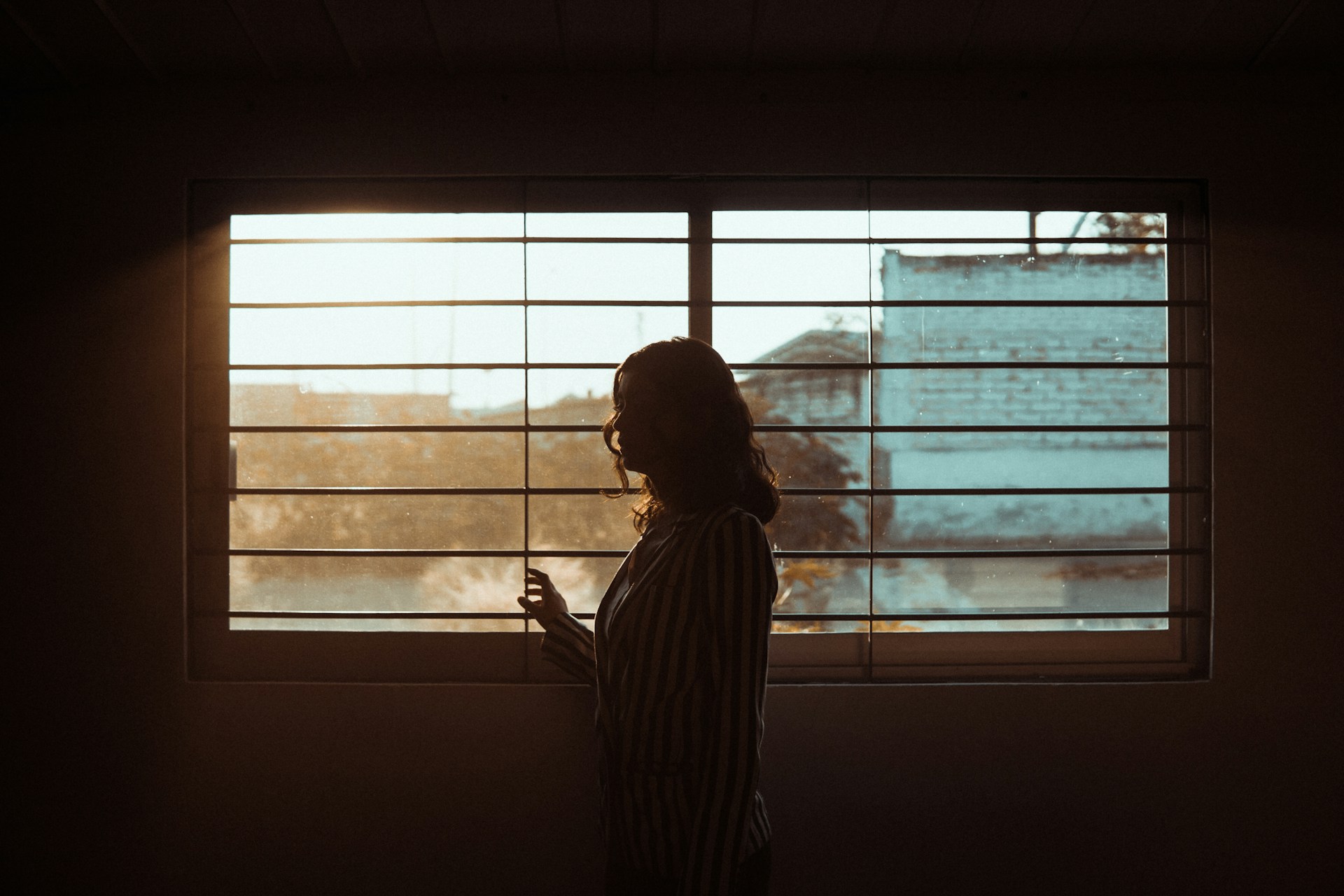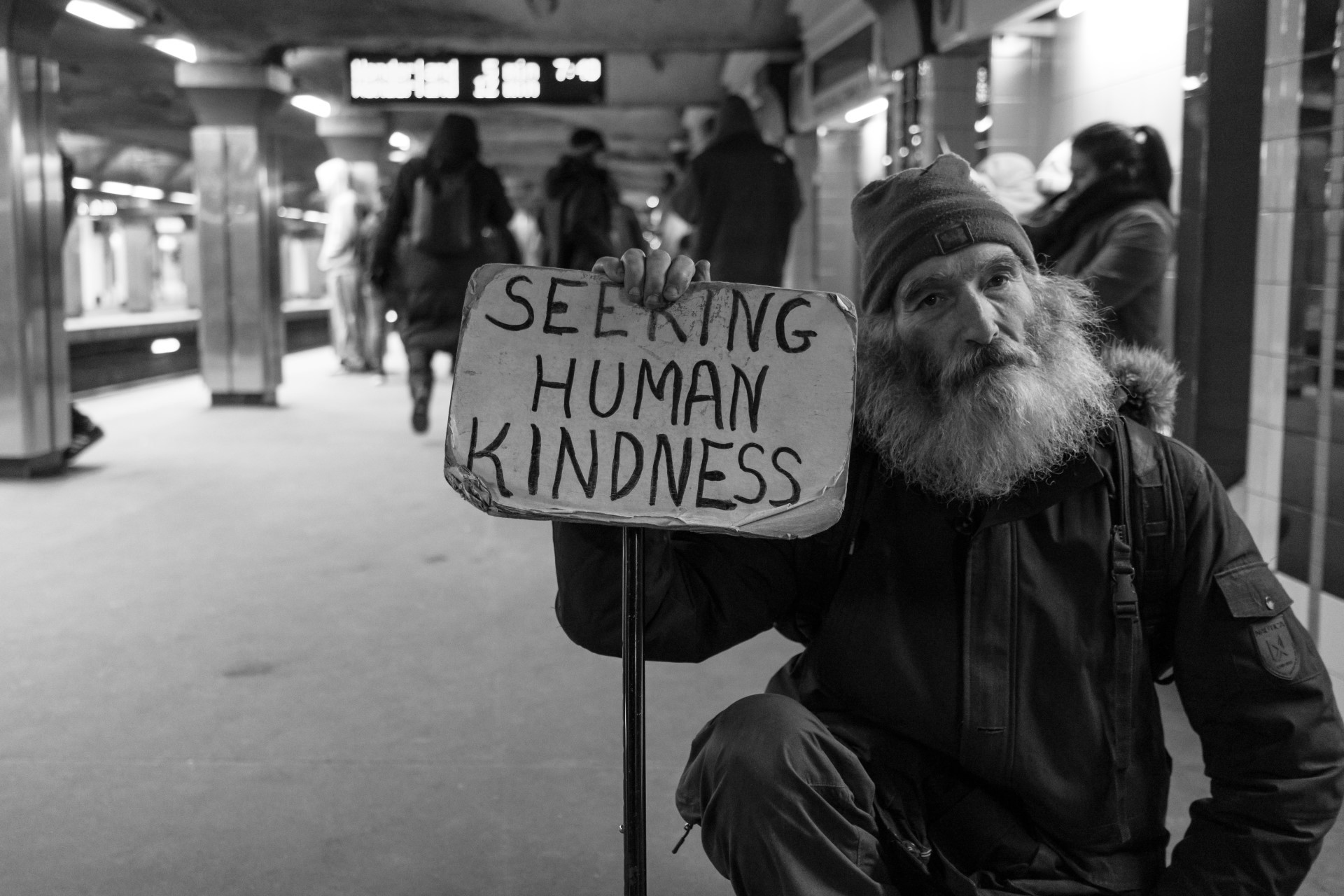Author | Raquel C. Pico
One of humanity’s greatest achievements is the pursuit of longevity. Life expectancy has steadily increased due to advancements in healthcare, improved hygiene practices, and better nutrition. In the past, reaching one hundred years of age was a rare achievement attained by only a select few. Today, it is not as uncommon, especially in regions where reaching 100 years of age has become almost a common occurrence. These regions are known as blue zones. America, Asia, and Europe each have at least one blue zone on each continent, which are studied as key examples for living better and longer lives.
What is a blue zone
American journalist, Dan Buettner, coined the term “blue zone” twenty years ago to describe specific areas of the world where people enjoy remarkably high longevity rates. In fact, Buettner is behind the documentary Live until 100: The secrets of the blue zones, which is available on Netflix and reveals what happens in these areas and what makes them special.
Although Buettner coined the term, the science of longevity and its underlying causes has been a topic of discussion for much longer. After all, understanding how to live to 100 has been a question that many have pondered for decades. Research conducted in the 1990s by scientists Gianni Pes and Michel Poulain, explored why Sardinia has so many centenarians. Their conclusions are considered pioneering in this field. Since then, studies have focused on the nutrition of centenarians, the best well-being strategies, and the unique characteristics of certain geographies that seem to promote exceptional health.
In a way, uncovering the secrets of a blue zone is not exactly complex. One could say that all blue zones share common traits: their residents are dynamic and active, maintain a positive outlook on life, establish meaningful connections with others, and follow a healthy diet. In the Italian case, for example, its high presence of centenarians has always been attributed to the Mediterranean diet.
But, what does its ambassador, Dan Buettner, eat? On his website, Buettner recommends following the Japanese rule of 80%—stopping eating when you feel 80% full—and he emphasizes the importance of a plant-based diet to mimic the blue zone diet.
What has made Singapore a blue zone

Singapore is one of the areas recently added to the list of blue zones, joining Sardinia (Italy), Okinawa (Japan), Nicoya (Costa Rica), Ikaria (Greece), and Loma Linda (United States). It stands out with the unique characteristic of being a completely urban environment. It is the exception, the world’s only urban blue zone.
It has achieved this by climbing the rankings of life expectancy, becoming one of the areas in the world where people live longer and healthier lives. Since 1960, Singapore has successfully increased its life expectancy by 20 years. In the past ten years, the number of centenarians in Singapore has doubled.
Singapore has achieved this by implementing a series of regulations that foster vital changes, including developing an urban planning strategy that considers health in a holistic manner. If in other areas full of centenarians, to a certain extent, tradition, culture, and history explain their current reality, this blue zone has been intentionally designed with that goal in mind. It is not so much tradition that has fostered habits now known to be healthy, but rather intentional decision-making to strengthen those habits.
“They live in a place where healthy food is subsidized and junk food is taxed”, Buettner explained in an interview. He also stated that driving your car is taxed more and these charges are used to improve the public transport system, while walking is subsidized. The city has also added green zones that are attractive to residents and developed a robust healthcare system.
Furthermore, efforts are made to promote intergenerational coexistence and maintain an optimal quality of life for older people. By offering tax benefits, such as incentives for those living close to older family members, and creating specific spaces that promote a more active lifestyle for seniors, Singapore fosters active and family-based aging. This is especially crucial in an increasingly aging world.
This last point is significant because Singapore has also addressed the issue of loneliness, a major problem in 21st-century cities, affecting not just older people but individuals of all ages. The urban design fosters coexistence and connection among people of all ages, for example, by constructing multi-story buildings with diverse housing options.
As Eric Klinenberg explains in Places for the People, 80% of Singapore’s population lives in public housing buildings that contain privately owned apartments. This setup fosters the coexistence of residents from different income brackets and includes communal areas that are always full of people and activities.
Lessons for other cities
In short, the key is not just a magical diet for centenarians, but rather examining all the factors that have contributed to these positive longevity figures. This is especially important for cities, which must confront the growing aging population and the challenges that come with it. Ensuring that residents reach advanced ages with a good quality of life is crucial.
The example of Singapore demonstrates that this can be achieved. Cities must be designed with this objective in mind. Opening green spaces, fostering mobility solutions that encourage active lifestyles, and creating opportunities for residents to connect without generational or wealth gaps can solve numerous problems that negatively impact both physical and mental health.
As cities reinvent themselves to tackle the challenges of climate change, a new opportunity arises to redesign urban spaces with these health and well-being issues in mind.
Photos | PETER TEOFILUS KARUNDENG, Rach Teo






















































